Understanding autism takes center stage in The Miracle Project’s musical film
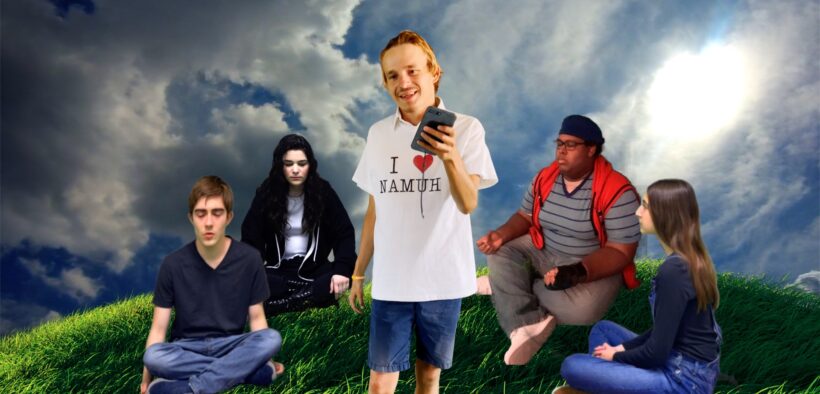
Photo: Meditation Mountain from ‘The Journey to Namuh.’ L-R: Dylan Kiedman, Naomi Rubin, Neal Katz, Domonique Brown, JoJo Kiedman. Courtesy The Miracle Project
In the new short musical film “Journey to Namuh,” a teacher leading a social skills class for autistic teenagers declares, “Here at the Renniks Institute of Normal Interaction, we learn to be appropriate and normal.” She explains she wants them to look people in the eye, ask about their day and compliment them. The students appear confused. “What if your day was really bad?” one of them asks. “Is ‘You don’t smell good’ an example of a compliment?” another asks. Later, he demands, “Why do you want to ‘fix’ us? ”
Eventually, the youth go on a journey through an enchanted mirror to a colorful, magical land called Namuh, where they can be themselves. “Namuh” is “human” spelled backward, and the film was inspired by Barry M. Prizant’s 2015 book, “Uniquely Human: A Different Way of Seeing Autism.”

The Awesome Squad. L-R: Naomi Rubin and Natalie Webber. Courtesy The Miracle Project
The 40-minute film, which premiered last month at the Wallis Annenberg Center for the Performing Arts in Beverly Hills and will soon embark on the film festival circuit, combines Broadway-style songs with contemporary rock.
It’s the latest endeavor of the Los Angeles-based nonprofit The Miracle Project, founded in 2004 by actress and acting coach Elaine Hall. The Miracle Project provides acting classes, creates theatrical projects and brings together individuals with autism and others with and without disabilities. Hall founded the project after she adopted her nonspeaking autistic son, Neal Katz, 25 years ago. The project, she explained, was born out of a need to “create a theater company for [diverse people], so we could all be joined together to celebrate Jewish holidays and bar and bat mitzvahs.”
Katz appears in the film as a character like himself who communicates through a program on his iPhone. In one scene, the social skills teacher barks at him to “stop moving, stop flapping, stop ‘stimming’ (self-stimulating).” He replies that it makes him happy and calms down his body. The teacher is not impressed.
Said Hall, “Autism is usually described as a checklist of deficits. Even well-meaning teachers have been taught to take the autism out of the student and ‘normalize’ them. But it’s our own uniqueness that is our gift.”
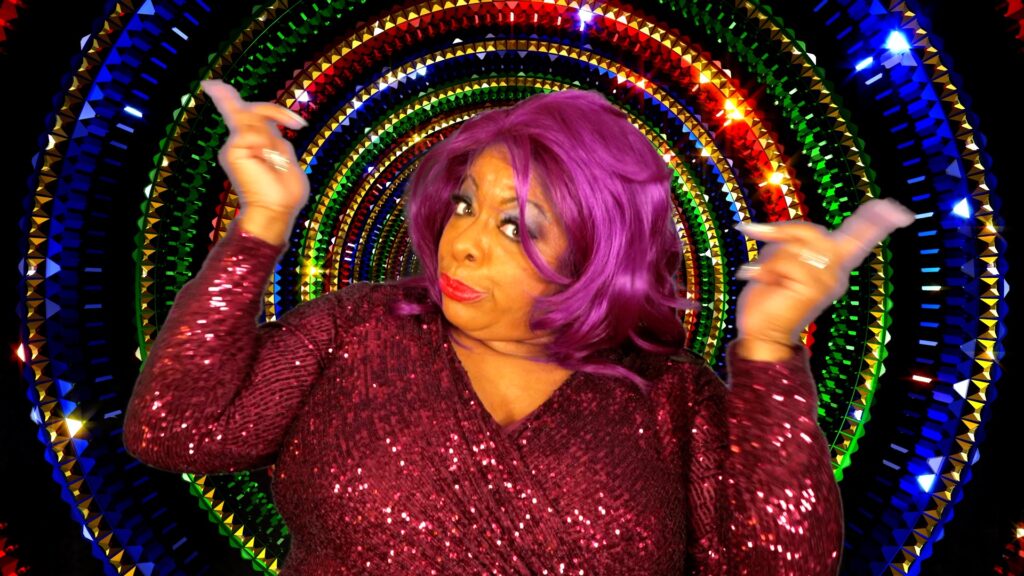
LaVon Fisher-Wilson (Broadway Special Guest Actress) as The Diva. Courtesy The Miracle Project
Hall and her “Namuh” co-creator, Justin Anthony Long, who wrote the script and some of the songs, met at the Mayo Performing Arts Center in New Jersey. “I was immediately impressed by his can-do attitude, his ease with the students, his professionalism and his artistic vision.”
“Autism is usually described as a checklist of deficits. Even well-meaning teachers have been taught to take the autism out of the student and ‘normalize’ them. But it’s our own uniqueness that is our gift.” — Elaine Hall
The actors also brought some of their experiences to the film. “We’d improvise and share stories about their own unique abilities and what makes them different,” Hall said. “In ‘Uniquely Human,’ it says that the things we call liabilities among autistic people can also be considered assets.” That theme is the subject of “Namuh’s” first song, “The World of No,” which parodies social skills classes Hall deems “very robotic and regimented. The Miracle Project is just the opposite. We hang out with each other, learn from each other and share our dreams, our sadness and our joys.”
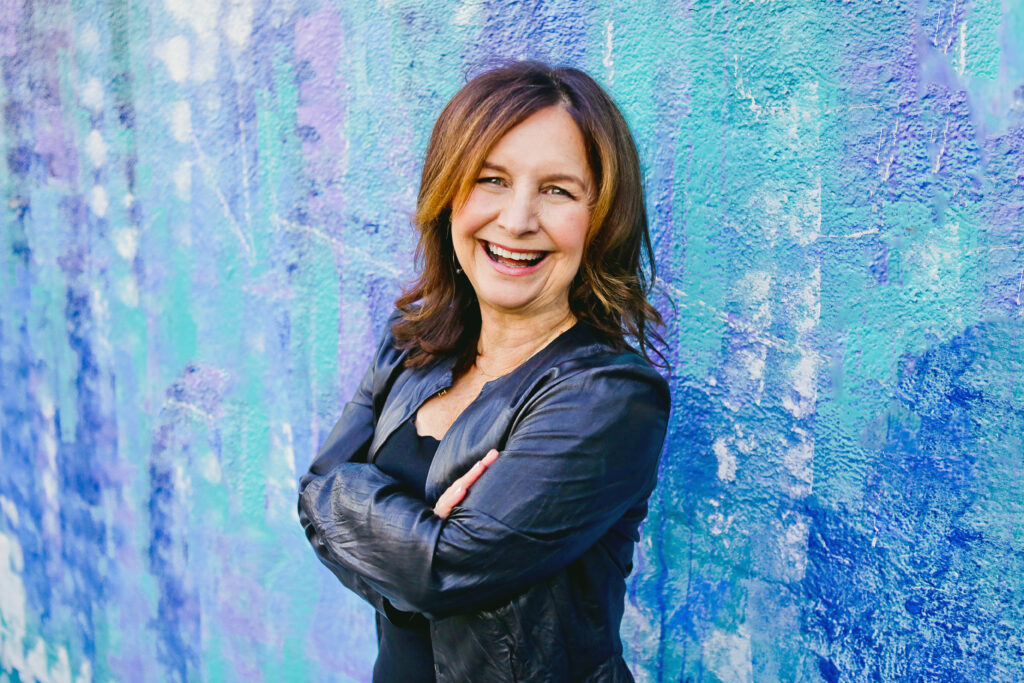
Elaine Hall. Courtesy The Miracle Project
The film also explores “themes of not trying to change or fix someone, but allowing others to be themselves,” Hall added. “ ‘The World of No’ is a cry to let us be ourselves. What is wrong with flapping our hands? It doesn’t hurt anyone.”
Another song, “That’s My Jam,” is based on a chapter in Prizant’s book that conveys “the message that despite who we are and what our struggles and strengths are, day-to-day we are all uniquely human,” Long said. And ‘Uniquely Human,’ is the finale song written by Long. Said Hall, “It celebrates the fact that we are all different, we are all imperfect, yet we are all one. We are unique. And it is our uniqueness that propels the human race.”
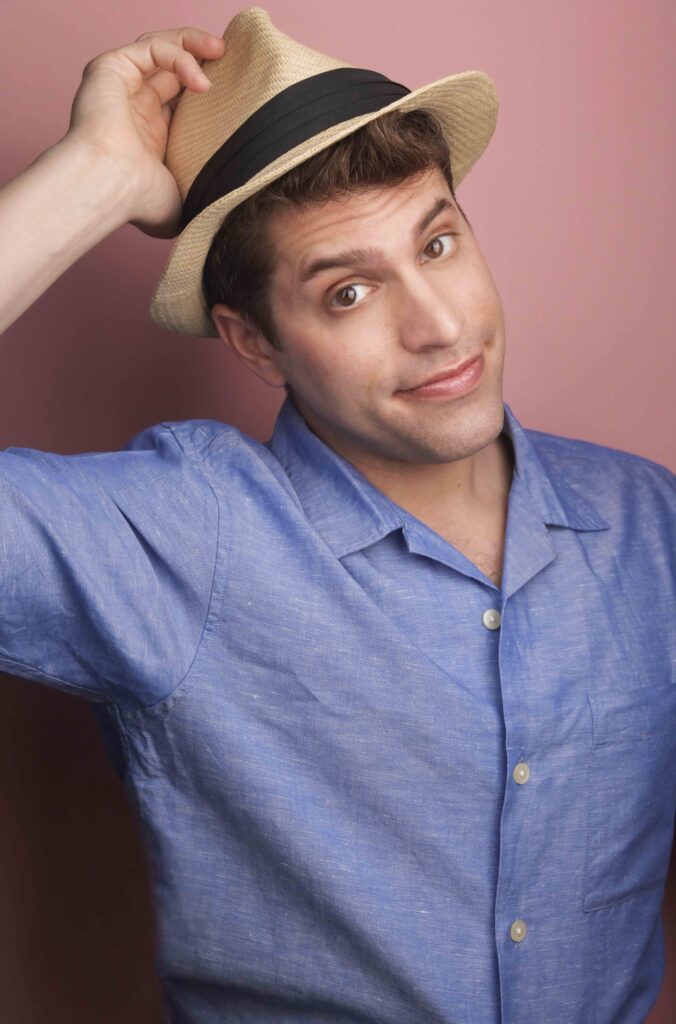
Justin Anthony Long. Courtesy The Miracle Project
To create the film during the pandemic, Hall and Long offered direction and created tutorial videos for the performers to view at home. Rehearsals were conducted via Zoom, and the participants recorded their roles on cellphones. Long edited the performances and created the whimsical special effects for the vibrant world of Namuh.
Of the Jewish values in the piece, Hall said, “It’s that kabbalistic, mystical concept that before you are born, the world is missing you. Because the world needs you, your expression of who you are is essential to the Divine plan.”
Hall’s efforts over the years have garnered much praise, including that of autistic activist Temple Grandin. Hall also was featured in the 2008 HBO documentary “Autism: The Musical” and The Forward’s list of “50 remarkable people we needed in 2020.” Her 2010 memoir, “Now I See the Moon: A Mother, a Son, a Miracle,” documents her journey with Katz.
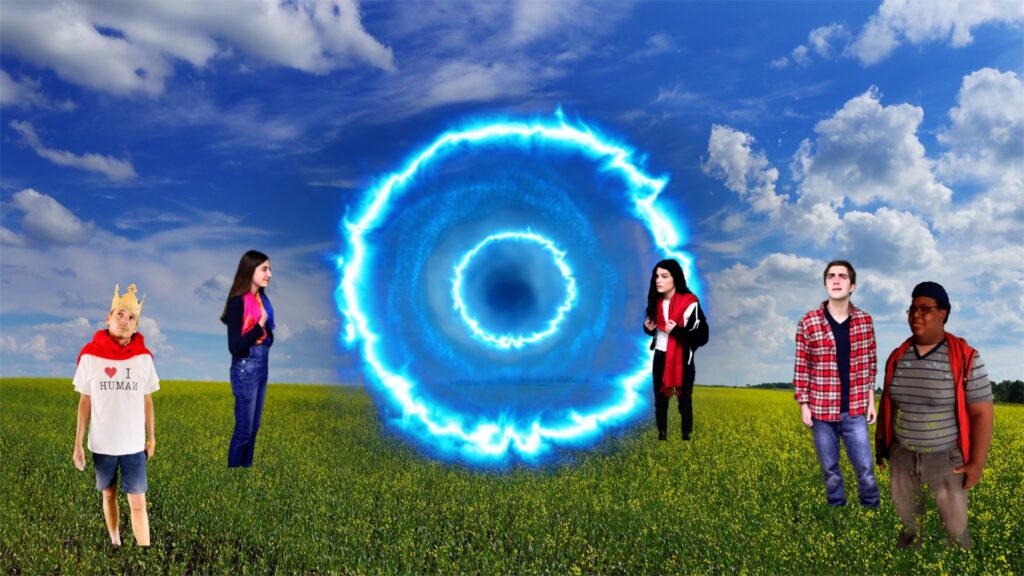
Open Field. L-R: Neal Katz, JoJo Kiedman, Naomi Rubin, Dylan Kiedman, Domonique Brown. Courtesy The Miracle Project
Before establishing The Miracle Project, Hall was a children’s acting coach. In her late 30s, she suffered two ectopic pregnancies and learned she could not carry a child to term. “I was devastated when I found out I couldn’t give birth,” she said. “Those were the darkest times of my life.” What got her through the trauma was a book that had strongly impacted her in college and beyond: Viktor Frankl’s “Man’s Search for Meaning,” in part a memoir of his years in Nazi concentration camps. “It’s the idea that in every situation we have a choice, instead of being victims,” Hall said. “Nobody can take away our free will.”
It was Rabbi Neil Comess-Daniels of Beth Shir Shalom in Santa Monica who encouraged Hall to consider adoption. She was receptive, in part, because her religious grandfather had been an orphan in Russia before arriving in the United States at 15.
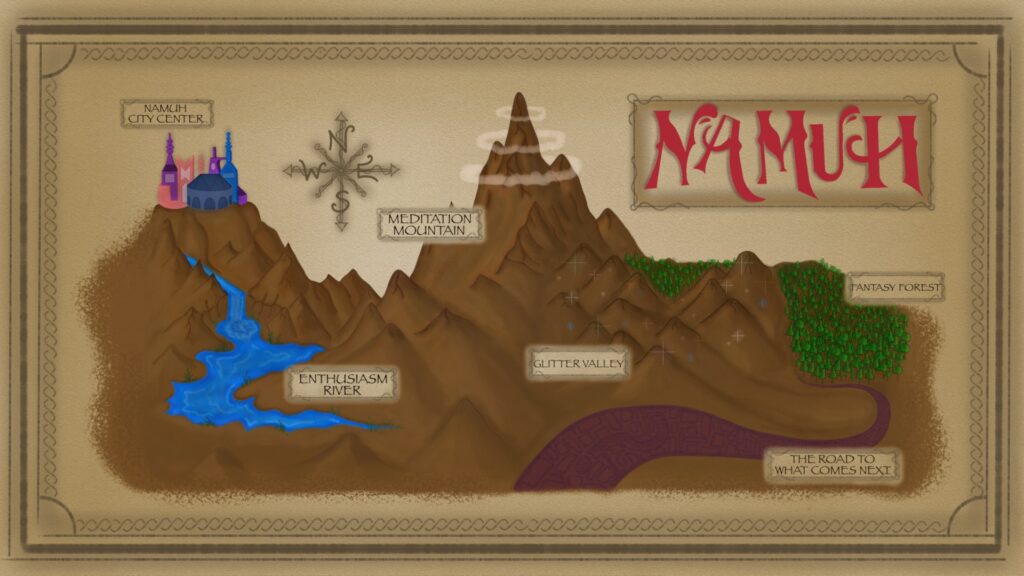
Map of Namuh. Courtesy The Miracle Project
“It was like the early years of (the dating website) J-Date,” Hall said of looking at videotapes of potential children to adopt. Katz’s video caught her attention. In 1996, together with her now former husband, Hall traveled to Ekaterinburg in Siberia to meet the Tatar child then named Nial Nordonuv. “After 15 seconds, he ran into my arms and we were rolling on the floor,” Hall said. “I knew in that moment he was my son.”
At the time, Katz was suffering from scurvy, malnutrition and liver toxicity, among other ailments. When Hall brought him home to Los Angeles at 23 months old, he was battling high fevers, so Hall initially focused on his medical issues. “The last ‘normal’ thing we had was his bris,” she said.
Shortly before his third birthday, he was diagnosed with severe autism, attachment disorder, cognitive impairments and digestive issues. He began having tantrums, staring at his hands for hours and opening and closing cabinets.
“I cried for three weeks,” Hall recalled. “I also was in denial. So I just turned everything into a game to connect with Neal. Given my background in movement, I met him exactly where he was. So, if he spun in circles, I’d spin with him. If he flapped his hands, I’d flap and we’d be birds flying around the room.”
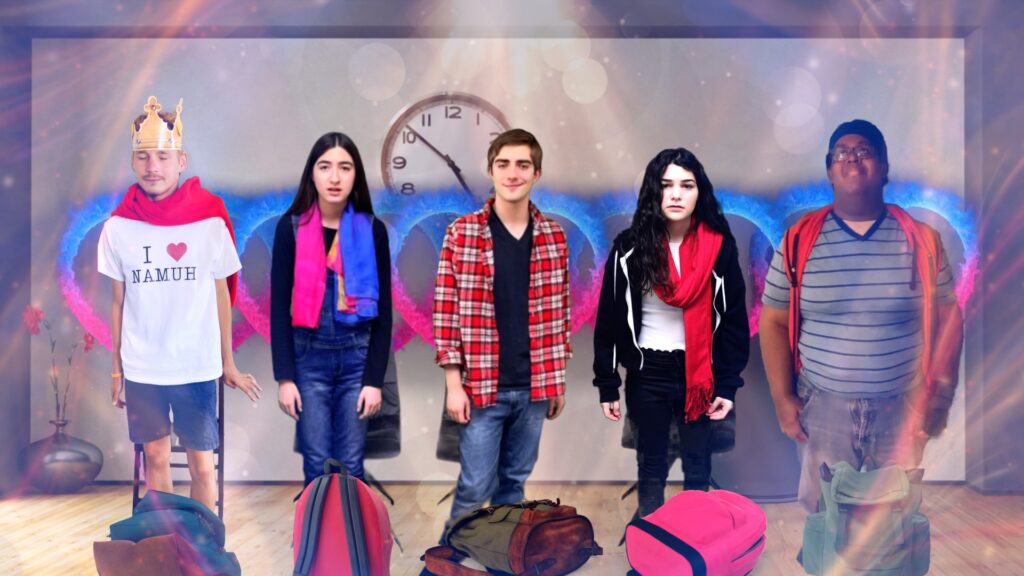
Travelers. L-R: Neal Katz, JoJo Kiedman, Dylan Kiedman, Naomi Rubin, Domonique Brown. Courtesy The Miracle Project
Traditional therapists told Hall that she was enabling Katz’s autism, “but I knew that whenever I joined his world, we connected.” She eschewed the rigidity of traditional social skills classes, which demanded that the autistic child conform to social norms.
Today, Katz, now 27, serves on the board of the Autism Society of Los Angeles and has received numerous honors, including speaking through his iPad twice at the United Nations. “He calls himself an emissary for autism,” Hall said. He also aspires to do more with his acting career.
And although he is still nonspeaking, Katz has found a way to communicate not just with his mother, but with the world, which is visible in “Journey to Namuh.”
For more information on the “Journey to Namuh,” visit www.themiracleproject.org.
––––––––––––––––––––––––––––––––––––––––––––––––––––––––––––––––––––––––––––––––––––––––––––––––––––
Naomi Pfefferman is a veteran, award-winning journalist in Los Angeles, and is the former Arts and Entertainment editor of the Jewish Journal. Her work also has appeared in the Chicago Tribune and The Hollywood Reporter.